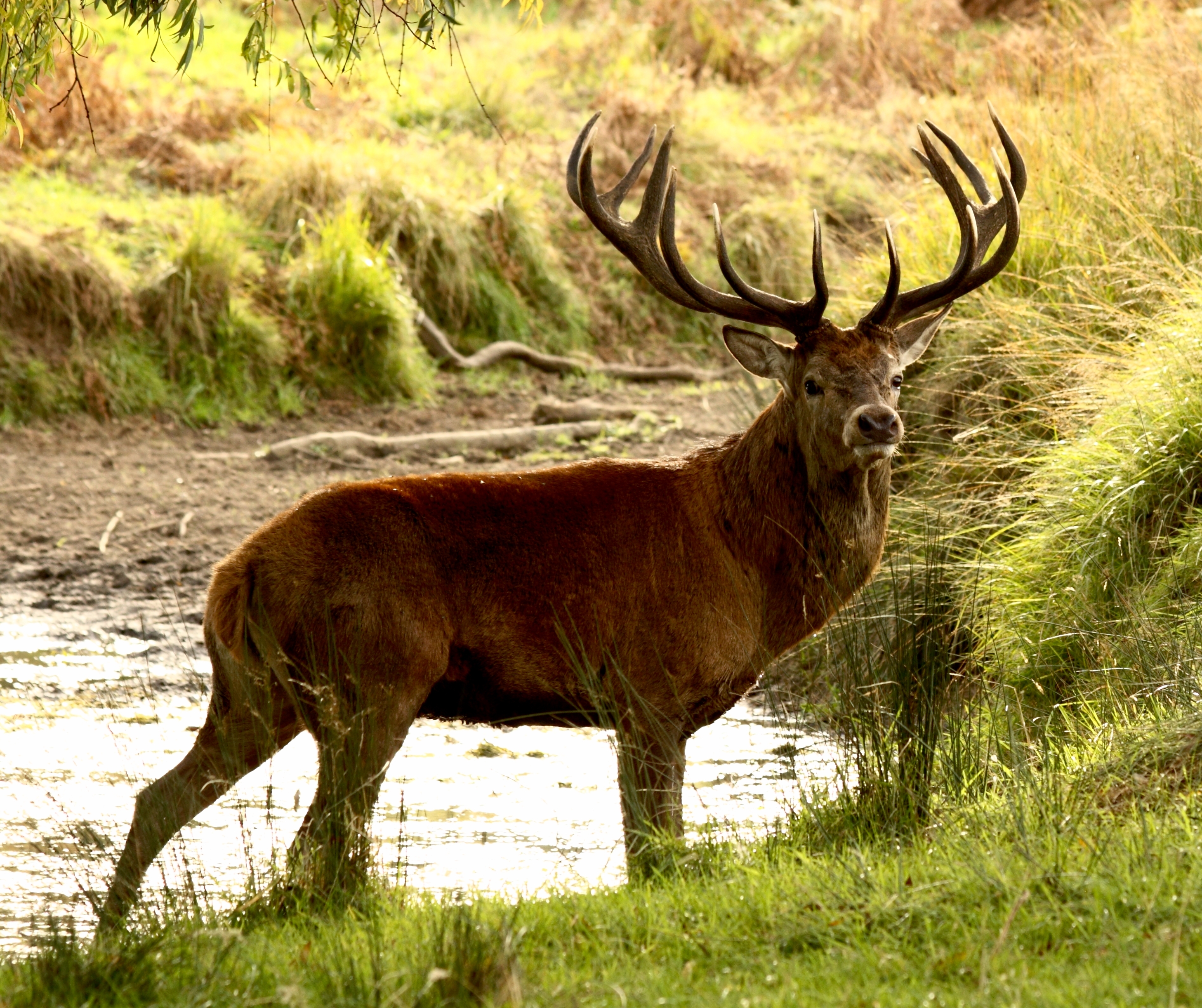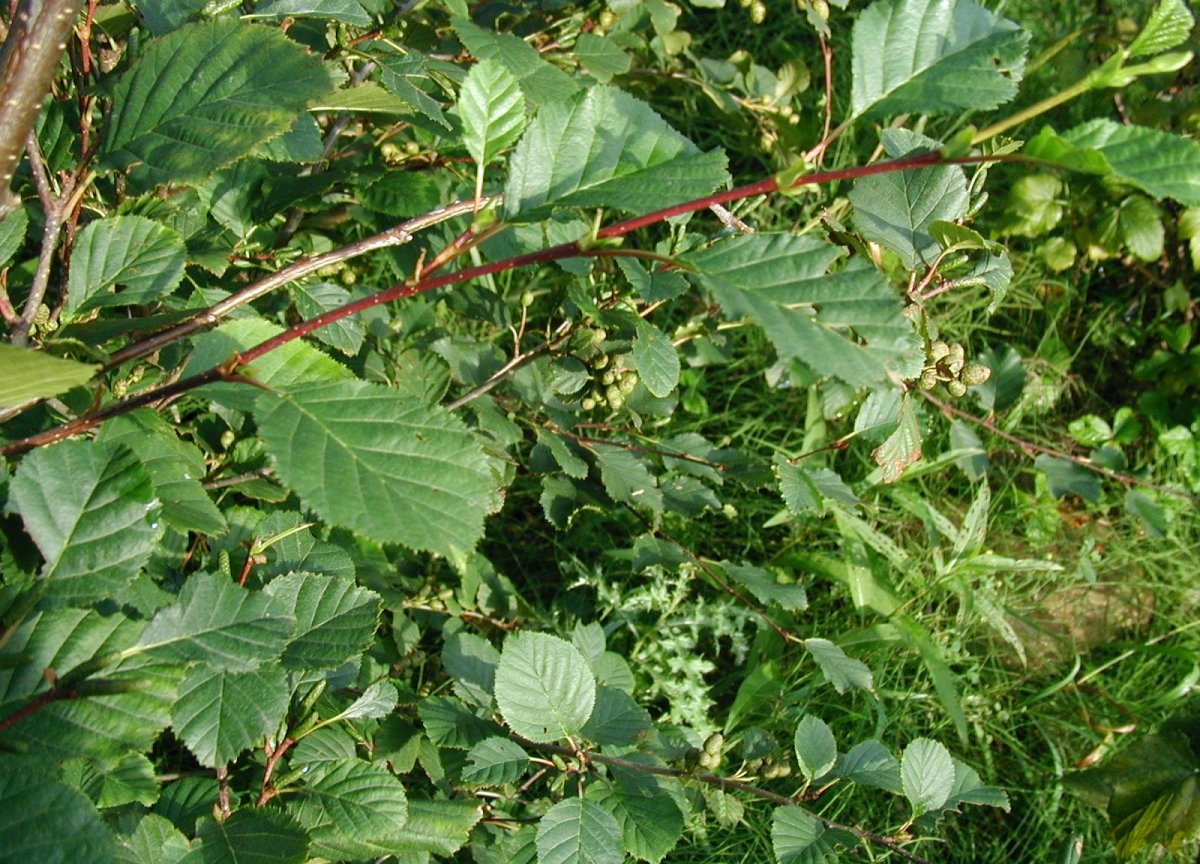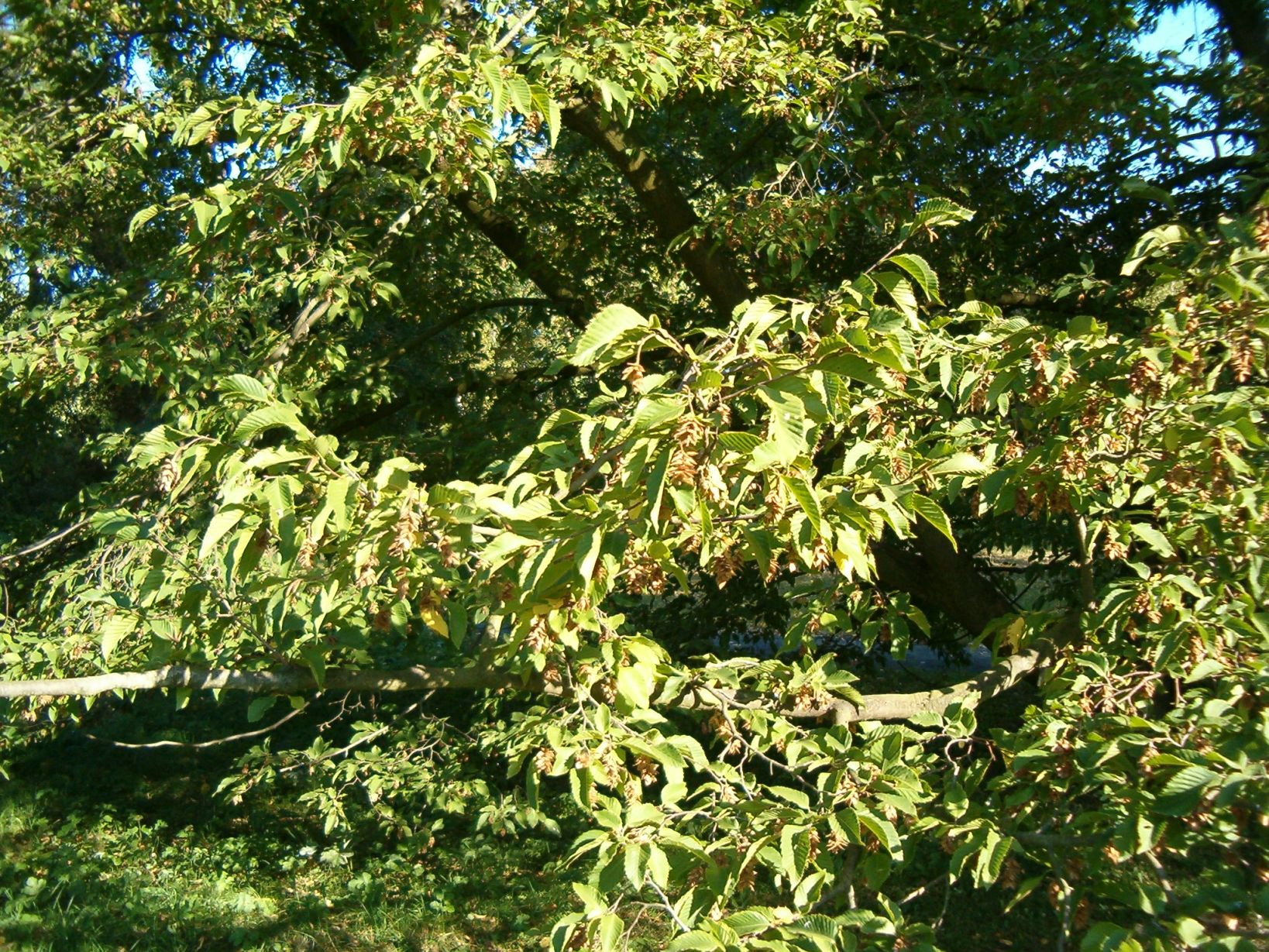Corsican Montane Broadleaf and Mixed Forests
The ecoregion’s land area is provided in units of 1,000 hectares. The conservation target is the Global Safety Net (GSN1) area for the given ecoregion. The protection level indicates the percentage of the GSN goal that is currently protected on a scale of 0-10. N/A means data is not available at this time.
Bioregion: Adriatic Sea & Central Mediterranean Mixed Forests (PA19)
Realm: Western Eurasia
Ecoregion Size (1000 ha):
364
Ecoregion ID:
788
Conservation Target:
78%
Protection Level:
10
States: France
Among the oak, olive, and chestnut trees on the most forested island in the Mediterranean, many rare and unique species can be found on Corsica Island, including a subspecies of the European red deer. The endemic Corsican red deer, smaller and more elegant than its continental counterpart, disappeared from the island in 1969. After a successful reintroduction, the population has rebounded to today’s count of 1,000 individuals. Along with Sardina, this is the only area where this subspecies still survives in the wild.

The flagship species of the Corsican Montane Broadleaf and Mixed Forests ecoregion is the Corsican red deer. Image credit: Creative Commons
The ecoregion is restricted to the high and steep mountain massifs of Corsica Island, the fourth largest island in the Mediterranean Sea. Climatically, the ecoregion is characterized by a sharp altitudinal bioclimate gradient, from the warm and dry lower elevations (average annual temperature of about 14–17°C) to the cold and humid higher elevations (average annual temperature of about 9-13°C). In the summits and north-facing slopes of the highest mountain massifs (i.e. Mt. Cintu, 2,710 m and Mt. Rotondu, 2,625 m) a "Eurosiberian" alpine bioclimate type appears, characterized by rigorous winters, frequent snow and the absence of a summer drought period. High winds can be particularly violent and encourage forest fires in dry summers.
The wide altitudinal range of this ecoregion results in several forest zones. The lowest elevations are characterized by the sclerophyllous evergreen oak forests dominated by holm oak and cork oak. In the medium elevations mesophyllous pine forests of maritime pine spreads widely, and mixed deciduous forests of downy oak, European hop-hornbeam, Italian alder, and sweet chestnut are locally abundant. Pinus laricio dominates on south-facing slopes, while silver fir and beech predominate in the "sub-alpine-like" bioclimate of the north-facing slopes.

Green alder. Image credit: Sten Porse, Creative Commons
Corsica is considered a biodiversity hotspot in the Western Mediterranean region due to its high endemic floral diversity (296 endemic species of a total 2,524 floral species). The endemic flora is distributed all along the altitudinal gradient—i.e. Ophrys conradiae, Allium parciflorum, Genista corsica in the medium elevations; Alnus cordata, Anarrhinum corsicum, Santolina corsica in the highest elevations—representing half of the total number of species of the alpine zone.

European black pine. Image credit: Creative Commons
This ecoregion has a significant faunal diversity, though few are endemic. A rare and endemic herbivore, mouflon, is still present in the region’s forests. A number of notable birds found here include the endemic, vulnerable Corsican nuthatch, which is ecologically adapted and restricted to mature pine trees of the Pinus laricio old-growth forests, as well as endangered raptors and rare Palearctic birds, including the bearded vulture.
Endemic amphibian species are also distributed in certain mountain areas where conifer and broadleaf forests occur (i.e. Corsican fire salamander, Corsican painted frog, and Corsican brook salamander). Among the reptiles, there are the Algyroïdes fitzingeri, Tyrrhenian wall lizard, and Italian wall lizard.

European hop hornbeam. Image credit: Creative Commons
Outstanding and extensive old-growth forests remain due to the inaccessibility of these mountain massifs. It is still possible to find very old individuals of Laricio pine that are 800–1,000 years old. Grazing and forestry management have considerably modified the forest structure. Clear cutting has resulted in even-age stands with very few old trees and a poor plant understorey. Several special protection areas can be found in this ecoregion, including Forêts Territoriales de Corse, Vallée de la Restonica, Aiguilles de Bavella, and Haute vallée du Fium Grossu.
Deforestation remains a high potential of future human impact, as well as forest fires, which are often set by irresponsible tourists and hunters to drive out animals. Mismanagement of pastures and livestock grazing, as well as tourism development, have also considerably increased the risk of forest fires.
The Corsican nuthatch is particularly threatened by fires, as well as logging, as this is resulting in the destruction of their habitat, the mature Corsican pine forests. Climate change is also threatening the great forests of this ecoregion, leading to shifts in suitable climatic conditions and resulting in increased frequency and intensity of forest fires.
.jpg)
Bearded vulture. Image credit: Tambako the Jaguar, Flickr
The priority conservation actions for the next decade will be to: 1) encourage sustainable forest management practices of old mature pines, particularly the endemic Corsican pine, to conserve species habitats, for example, the Corsican Nuthatch; 2) create and strengthen public awareness, in particular of tourists and hunters, around the risks of forest fires and options to prevent them; and 3) restore habitats and reintroduce or restock locally extinct or threatened species, for example the bearded vulture.
Citations
- Mouillot, F., Paradis, G., Andrei-Ruiz, M.C. and Quilichini, A., 2008. Corsica. In Mediterranean Island Landscapes (pp. 220-244). Springer, Dordrecht.
- Life +. 2019. One Deer Two Islands: Conservation of the Corsican-Sardinian Deer (Cervus elaphus corsicanus) in Sardinia and Corsica. [Online]. [Accessed 20 May 2019]. Available from: http://www.onedeertwoislands.eu/sites/default/files/brochures/pnrc_life_cerf_livret_21x21_-en-_3001.pdf
- Barbet-Massin, M. and Jiguet, F. 2011. Back from a predicted climatic extinction of an island endemic: a future for the Corsican nuthatch. Plos One, 6(3), p.e18228.

.png?auto=compress%2Cformat&w=300)

